|
|||||
First Aquaponic WinterWhat to do with an aquaponics system for winter protection? My large system trellis/shade structure of cattle panels made for a wonderful support for greenhouse film which was easily secured over my system. Winter here in central Florida is generally rather mild but that first winter was cold enough that my Aquaponics system water temperature did drop too low for tilapia without heating. During those freeze nights I needed to run water into the system to keep the tilapia alive. Making the greenhouse easy to access with such a simple cover was a bit of a challenge but it was inexpensive and quick winter protection to manage, however I am no longer convinced that aquaponics in my climate needs winter protection. I am soon to find out since I had to remove my greenhouse and my Aquaponics is out in the open this winter. The biggest challenge with a greenhouse in Florida is that it can still get really hot during the day yet loose most of it’s heat overnight so I had trouble keeping plants happy during winter if I left the greenhouse sealed up to try to regain heat for the water during the day. Hot weather plants still didn’t like the cold night time temperatures and the extreme heat during the day made most cool weather crops struggle. If you are in a mild climate and you choose fish that will survive your climate, then minimal winter protection can simplify the aquaponics system. I did also attempt some solar water heating but as winter means lower sun angles the solar heating didn’t have as much sun to work it and therefore didn’t not provide me enough heat gain to keep the tilapia eating well. Without an energy efficient source of hot water, I definitely don’t recommend any type of fish that quit eating for several months of the year at normal unheated temperatures. 2 comments to First Aquaponic WinterLeave a Reply |
|||||

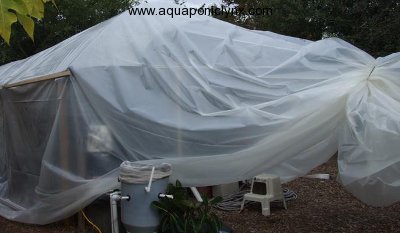
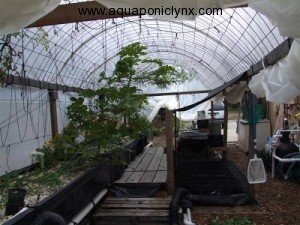
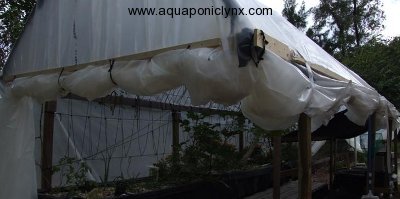
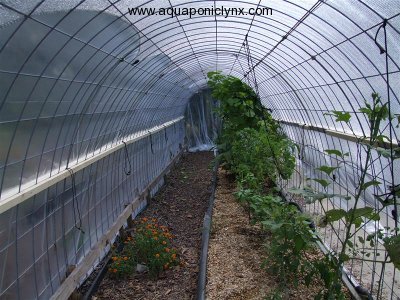


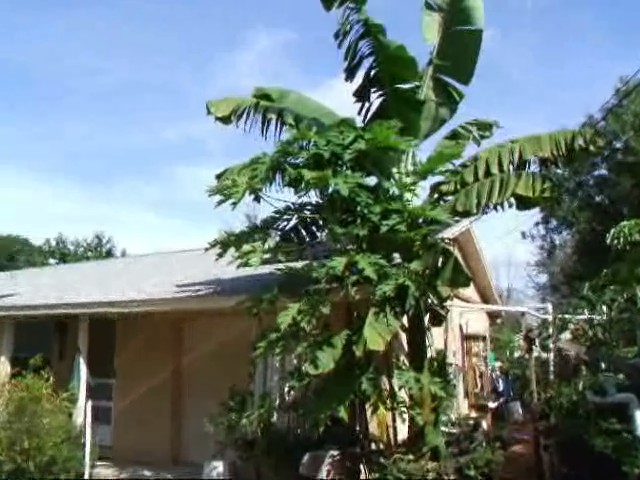
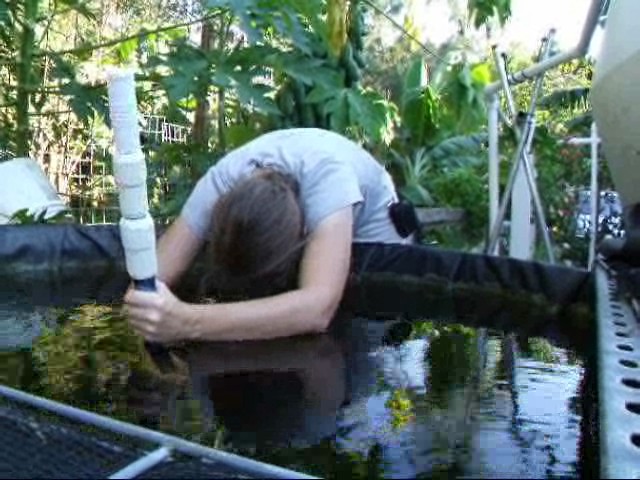
I’m so glad I got channel catfish for my first year. I can imagine the extra worry if I had tilapia going into late fall, or trout most of the Houston spring/summer/fall…
I have run the 300-gallon RMST without cover this first summer to see what happened, and have done the same so far with the cold weather. Seeing what the limits are. I have ice on a limp-octopus aloe but rosemary and carrots seem to be saying “no problem, let’s go!” Everything in between I expect to come back from roots.
I have a 3-inch FLOUT in a 100-gallon RMST that’s not yet in the system, just catching rain water while I work it in… It looks kind of goofy, frozen in a floating 1-inch pancake of ice. But supplied with a water flow I doubt it would ice up.
Did you get your FLOUT from Rissy plastics or did you make your own?